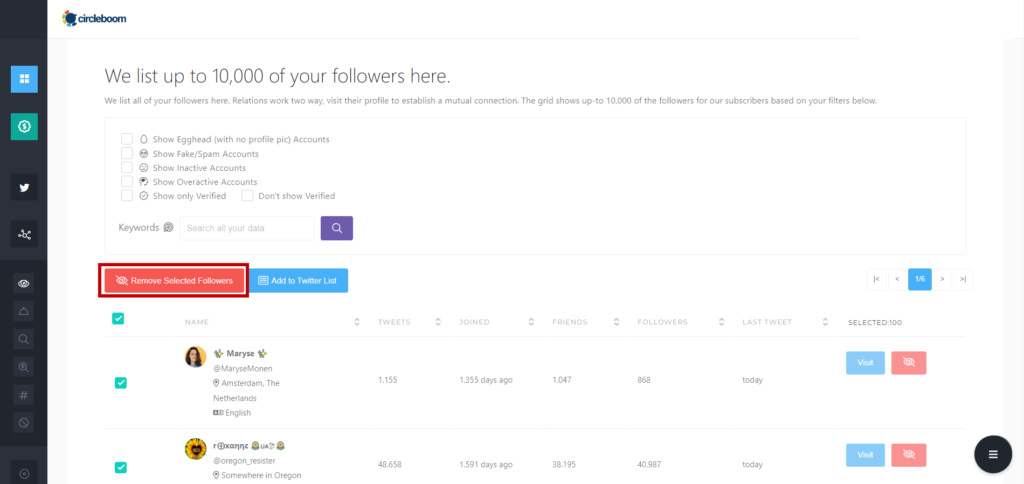
Apps Like Earnin: Top Alternatives for Quick Cash
Looking for apps similar to Earnin? Check out Albert, Brigit, Dave, MoneyLion, Empower, Chime, Varo …

How to Start a Fintech Business: Proven Strategies
To start a fintech business, identify a high-need and underserved audience, solicit customer feedback, diversify …

How Apps Make Money : Top Strategies for Success
Apps make money through various revenue streams such as advertising, sponsorship, freemium models, subscriptions, and …
504 Gateway Timeout Error: Quick and Easy Tips to Fix It
When you encounter a “504 Gateway Time-out” error while trying to export an Excel file, …

How to Invest in Fintech: Ultimate Guide
To invest in fintech, consider investing in technology itself or acquiring stock options with a …

